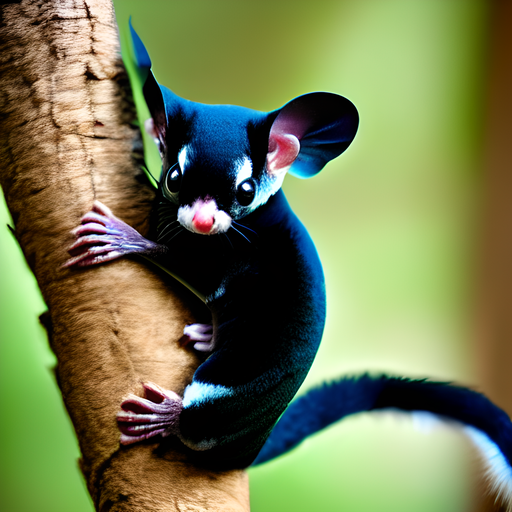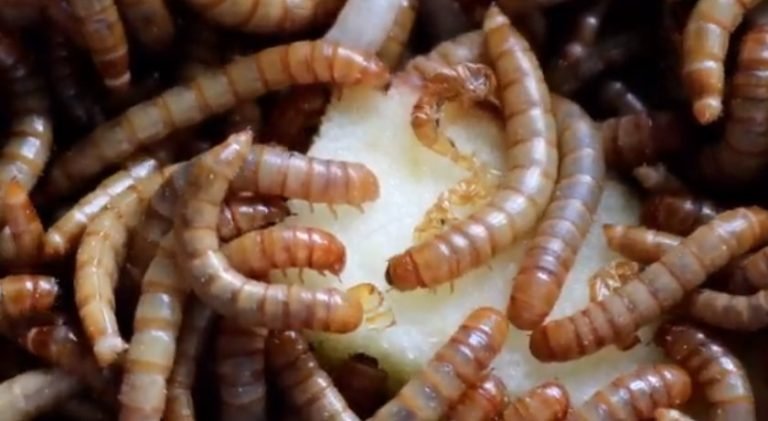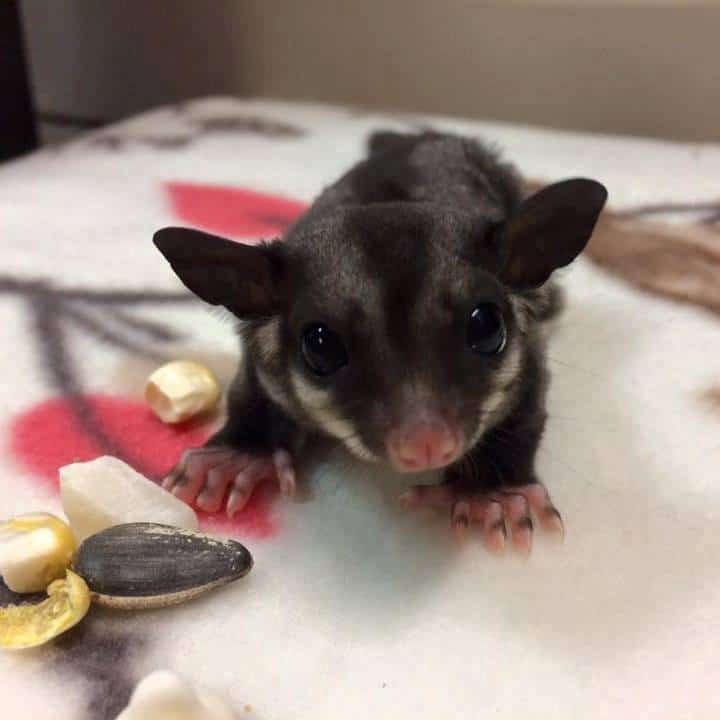Sugar Glider Allergies
Sugar glider allergies can be a concern for individuals who own or interact with these small, energetic marsupials. While sugar gliders make adorable pets and loyal companions, some people may develop allergic reactions to them. If you or someone you know is experiencing symptoms after coming into contact with sugar gliders, it’s essential to understand the possible allergy triggers and ways to manage them.
Understanding Sugar Glider Allergies
People can be allergic to a wide range of substances, including pet dander, pollen, dust mites, and certain food items. For some individuals, sugar gliders can trigger similar allergic reactions. The allergens produced by sugar gliders can be found in their saliva, urine, feces, and dander. When these allergens come into contact with someone who is sensitive or allergic, it can lead to symptoms such as:
- Itchy and watery eyes
- Sneezing and a runny nose
- Coughing and wheezing
- Skin rashes or hives
- Difficulty breathing or shortness of breath
If you or someone in your household is experiencing these symptoms, it’s important to consider the possibility of sugar glider allergies. By identifying and addressing the triggers, you can better manage the allergies and ensure a safe environment for everyone.

Identifying Allergy Triggers
Identifying the specific triggers of sugar glider allergies can help you take the necessary steps to minimize exposure and reduce symptoms. Here are the main sources of allergens in sugar gliders:
| Allergen Source | Description |
|---|---|
| Saliva | Sugar gliders groom themselves by licking their fur. The proteins in their saliva can cause allergic reactions. |
| Urine | The urine of sugar gliders contains allergenic proteins that can cause respiratory and skin allergies. |
| Feces | When sugar gliders defecate, their feces can release allergens into the environment, leading to allergies. |
| Dander | Dander consists of tiny skin flakes that sugar gliders shed. These can also cause allergic reactions. |
By understanding where these allergens come from, you can take appropriate measures to minimize exposure and keep allergy symptoms at bay.
Minimizing Exposure to Allergens
If you or a family member has sugar glider allergies, there are several steps you can take to minimize exposure to the allergens:
- Maintain good hygiene: Regularly clean and disinfect the sugar glider’s cage, bedding, and toys to reduce allergen buildup.
- Wash hands thoroughly: After handling a sugar glider or cleaning its habitat, wash your hands with soap and water to remove any allergens.
- Use air purifiers: Consider using HEPA filters or air purifiers in the areas where the sugar glider spends time to help remove allergens from the air.
- Keep sugar glider out of bedrooms: To create an allergen-free sleeping environment, keep the sugar glider out of bedrooms and maintain good ventilation.
- Designate “no-gliders” zones: Establish certain areas in your home where the sugar glider is not allowed to minimize allergen dispersion.
These measures can help in reducing exposure to sugar glider allergens, but it’s important to note that complete elimination of allergens may not be possible. Therefore, exploring additional treatment options with a healthcare professional is recommended.
Treatment Options for Sugar Glider Allergies
If you or a family member continues to experience allergic reactions, there are several treatment options available:
- Antihistamines: Over-the-counter antihistamines can help relieve mild allergy symptoms, such as sneezing and itching. However, they may not be sufficient for severe reactions.
- Prescription medications: In cases of more severe or persistent allergies, a healthcare professional may prescribe stronger medications, such as corticosteroids or leukotriene inhibitors.
- Allergy shots: Immunotherapy, in the form of allergy shots, can help desensitize the body to specific allergens over time. This treatment option is typically recommended for long-term relief.
It’s important to consult with a healthcare professional to determine the most appropriate treatment option based on the severity and frequency of your allergy symptoms.
Frequently Asked Questions
Q: Can I develop a sugar glider allergy over time?
A: Yes, it is possible to develop an allergy to sugar gliders over time. Some people may initially have no allergic reactions but develop sensitivities after repeated exposure. If you notice any symptoms, it’s essential to seek medical advice for proper diagnosis and management.
Q: Are sugar glider allergies common?
A: Sugar glider allergies are relatively rare compared to allergies caused by other animals. However, individuals with pre-existing allergies or sensitivities may be more prone to developing reactions to sugar gliders.
Q: Can sugar glider allergies be cured?
A: While there is no definitive cure for allergies, symptoms can be managed effectively with proper treatment and allergen avoidance. Working closely with a healthcare professional can help determine the best course of action for managing your sugar glider allergies.
Final Thoughts
Dealing with sugar glider allergies can be challenging, but it should not discourage you from enjoying the companionship of these adorable pets. By understanding the sources of allergens and taking appropriate steps to minimize exposure, you can create a safe and comfortable environment for both you and your sugar glider. Remember to consult a healthcare professional for advice on managing your allergies and exploring treatment options.







